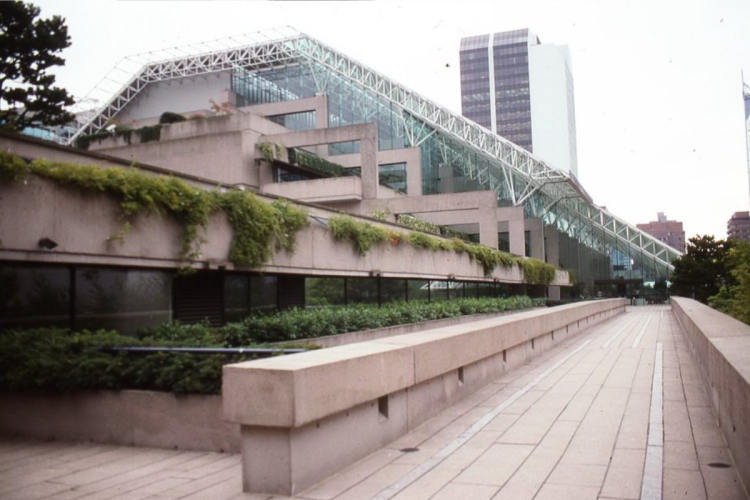The Canada Recovery Hiring Program

Authors: Aaron Haight, Erin Bokshowan, Kali Frank
This blog was originally published on June 4, 2021 and has been updated to reflect changes.
Eligible employers may continue to access the Canada Recovery Hiring Program to subsidize the additional labour costs associated with hiring new workers or bringing back employees who were previously laid off, increasing workers’ hours, or increasing wages through to May 7, 2022.
Update: On December 17, 2021, Bill C-2 received Royal Assent which ended the Canada Emergency Wage Subsidy program and implemented measures to continue to provide wage subsidy support through the Tourism and Hospitality Recovery Program and the Hardest-Hit Business Recovery Program.
The blog post below has been updated to reflect these changes. With different rules and different programs potentially applying to the various benefit periods, MLT Aikins would be pleased to assist you in determining whether you are eligible for these programs and the amount of the subsidy that you may qualify for.
Canada Recovery Hiring Program: Eligible Employers with 2021 Revenue Decreases
The Canada Recovery Hiring Program (CHRP) was created on June 29, 2021 to offset a portion of extra labour costs of qualifying employers as they increased their business activities throughout the summer and fall of 2021. The CRHP has been extended until May 7, 2022.
Until October 23, 2021, eligible employers could claim either the CHRP or the Canada Emergency Wage Subsidy (CEWS), whichever was most beneficial. Effective October 24, 2021, the CEWS was replaced by two new programs: the Tourism and Hospitality Recovery Program (THRP) and the Hardest-Hit Business Recovery Program (HHBRP). From October 24, 2021 until May 7, 2022, eligible employers may claim the higher of the CPHR or the wage portion of the THRP or the HHBRP.
Key Considerations for Employers
The CRHP is intended to primarily benefit privately-owned Canadian employers, as corporate employers must be a “Canadian-controlled private corporation” in order to qualify (this requirement excludes publicly-listed and foreign-controlled corporations). Employers must also choose between either the CRHP or the CEWS, THRP or HHBRP for a particular claim period. Eligible employers should consider which of these programs would provide a greater benefit in their circumstances.
Eligibility
The wage subsidy under the new programs are available to a wide range of employers, including:
- taxable corporations and trusts;
- individuals;
- registered charities;
- non-profit organizations;
- partnerships, provided that at least 50% of the fair market value (FMV) of all interests in the partnership are held by partners that would otherwise be eligible for the subsidy;
- certain Indigenous government-owned corporations that carry on business;
- registered Canadian amateur athletic associations;
- registered journalism organizations; and
- private schools or private colleges.
The wage subsidy is not available to public institutions, including municipalities, local governments, Crown corporations, public universities and colleges, and hospitals. The wage subsidy is also not available for publicly traded companies or subsidiaries of publicly traded companies for claim periods in which taxable dividends were paid to individual common shareholders.
There are further eligibility requirements for each program. Employers must demonstrate a certain drop in revenue during a specified 28-day period (the “Qualifying Period”). Additional Qualifying Periods have been added so that the programs are available until May 7, 2022.
To qualify for the CRHP, an organization must have a revenue drop of at least 10% during the Qualifying Period.
To qualify for the THRP, an organization must meet one of the following lists of conditions:
- More than 50% of the organization’s revenue comes from one or more tourism, hospitality, arts, entertainment, or recreation activities supported by the program; the organization experienced a 12-month average drop in revenue from March 2020 to February 2021 of at least 40%; and the organization has a revenue drop of at least 40% during the Qualifying Period; or
- Regardless of sector, the organization was affected by a qualifying public health restriction; and the organization has a revenue drop of at least 40% during the Qualifying Period.
To qualify for the HHBRP, the organization must have experienced a 12-month average drop in revenue from March 2020 to February 2021 of at least 50%, and the organization must have a revenue drop of at least 50% during the Qualifying Period.
Subsidy Amount
Employers will calculate their subsidy amount by comparing their base period remuneration paid from March 14 to April 10, 2021 with the eligible remuneration paid in the particular CRHP Qualifying Period. The incremental increase in remuneration is then multiplied by the subsidy rate for the qualifying period to determine the subsidy amount.
Eligible remuneration for the CRHP includes salary, wages, and other remuneration (e.g. taxable benefits) where the employer is required to withhold or deduct amounts in respect of the employee’s income tax obligations. The maximum eligible remuneration is $1,129 per week per employee. Eligible remuneration for a non-arm’s length employee for a week cannot exceed the employee’s “pre-crisis remuneration” for that week (as calculated for CEWS purposes).
The subsidy rate for each qualifying period is outlined in the table below:
| Qualifying Periods | July 4, 2021 to July 31, 2021 | August 1, 2021 to August 28, 2021 | August 29, 2021 to September 25, 2021 | September 26 2021 to October 23, 2021 | October 24, 2021 to May 7, 2022 |
| Hiring Subsidy Rate | 50% | 50% | 40% | 30% | 50% |
To illustrate, if an employer’s eligible base period remuneration for March 14 to April 10, 2021 was $25,000, and its eligible remuneration for July 4 to July 31, 2021 increased to $40,000, the employer could claim the CRHP in respect of the $15,000 increase in eligible remuneration. Because the CRHP rate for July 4 to July 31, 2021 is 50%, the employer would qualify for a CRHP subsidy of $7,500.
Next Steps
Eligible employers have the option of claiming either the CRHP or the CEWS, THRP or HHBRP. To determine which subsidy to claim, employers should compare the benefit amounts available under each program. Employers must submit CRHP applications no later than 180 days after the end of the qualifying period.
As you evaluate your employee compensation policies during these challenging times, you should consider the subsidies that may be available to your organization. In making these decisions, MLT Aikins LLP would be pleased to assist with determining whether your business structure is eligible for this emergency relief program.
Note: This article is of a general nature only and is not exhaustive of all possible legal rights or remedies. In addition, laws may change over time and should be interpreted only in the context of particular circumstances such that these materials are not intended to be relied upon or taken as legal advice or opinion. Readers should consult a legal professional for specific advice in any particular situation.




